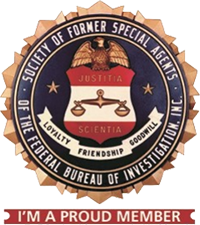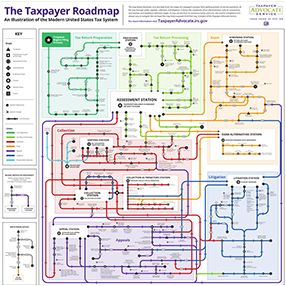IRA Owners Can Make Up to $100,000 in Tax-Free Charitable Gifts

In most cases, distributions from traditional Individual Retirement Arrangement (IRAs) are taxable when they are received. There are, however, exceptions to this rule. For instance, IRA owners who are over a certain age can transfer as much as $100,000 with no tax repercussions every year as long as those distributions are paid directly from the account to a charitable organization. These transfers are known as Qualified Charitable Distributions (QCDs) and provide taxpayers with an opportunity to make tax-free charitable contributions before the end of the year. Furthermore, for taxpayers who are at least 73 years old, QCDs actually count toward an IRA owner’s required minimum distribution (RMD) for the year.
Who Qualifies for a QCD?
IRA owners who are 70 and one-half years of age or older can exclude up to $100,000 from their gross income in Qualified Charitable Distributions. In fact, if both spouses satisfy the age requirement and both have IRAs, then each spouse can exclude this amount for a total of $200,000 per year. This option is available to a taxpayer regardless of whether the IRA owner itemizes deductions.
Setting Up a QCD Before the End of the Year
IRA owners who want to make a QCD for this year will need to speak with their account’s trustee as soon as possible, so that the transaction can be completed before the end of 2023. To be eligible, these distributions must also be made directly by the trustee to an eligible charity. An IRA distribution, like an electronic payment made by the IRA owner, for instance, wouldn’t count as a QCD, nor would a check made payable to the account holder.
Reporting a QCD on a Yearly Tax Return
All QCDs must be reported on an IRA owner’s income tax return. This year, all 2023 QCDs should be reported during the 2024 tax filing season. Early in the year, the account holder should receive Form 1099-R from their trustee. This record will show any distributions made during the year, including both regular distributions and charitable distributions. The total will be revealed in Box 1 and will need to be reported on Line 4 of Form 1040. In addition to reporting these contributions, IRA owners will also need to obtain a written acknowledgment of their contributions from the charity in question before their return is submitted. These acknowledgments will need to at least state the date and amount of the contribution, as well as indicate whether the taxpayer received anything of value in return for the donation.
Call Today for Professional Legal Assistance
With tax season swiftly approaching, many IRA owners are looking to make their final distributions before the end of the year. For help making your own QCDs or a regular distribution, please call CPA, former FBI Special Agent, and experienced Florida and nationwide tax lawyer Ronald Cutler, P.A. at 386-490-9949. You can set up a personalized, one-on-one consultation with our legal team by reaching out to our office via online message.
Sources:
irs.gov/newsroom/qualified-charitable-distributions-allow-eligible-ira-owners-up-to-100000-in-tax-free-gifts-to-charity
irs.gov/forms-pubs/about-publication-526



